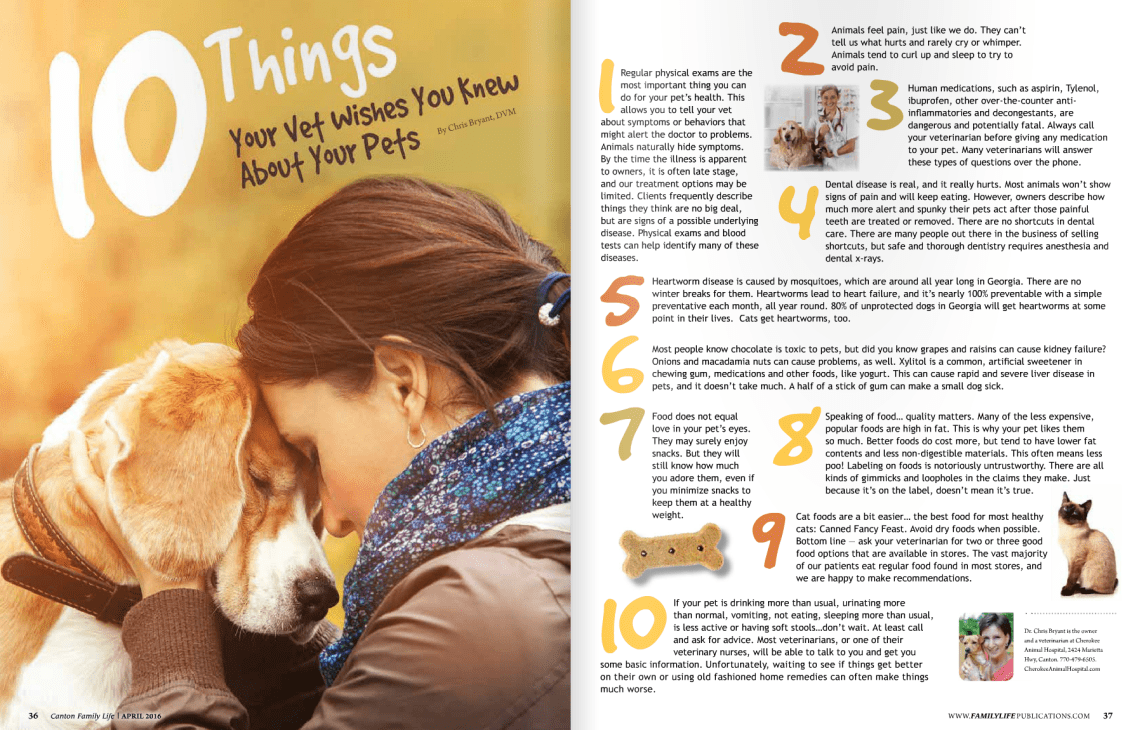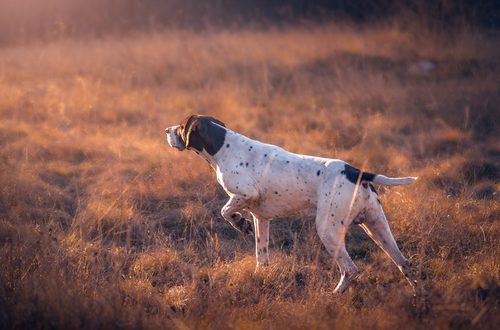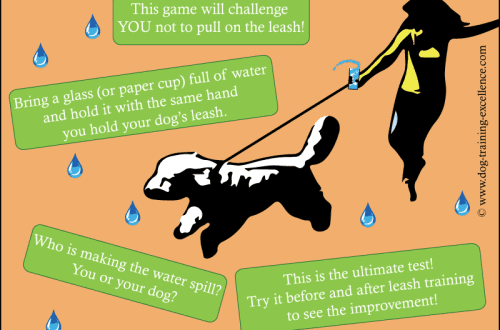
10 rekomendacijų tiems, kurie ruošiasi įsigyti šunį
The decision to adopt a dog can be very exciting, especially if you don’t know where to start. However, do not forget that it is fun and exciting! It is at this moment that the foundations of that strong bond are born, which will subsequently form between you and your four-legged friend. Here are 10 steps to avoid stress and make your puppy’s transition to a new place as enjoyable as possible for everyone.
Turinys
- 1. Prepare the necessary things for the dog.
- 2. Paruoškite savo namus.
- 3. Give your dog a safe place.
- 4. Plan how (and when) you will bring your dog home.
- 5. Give your dog a tour of the house.
- 6. Explore the yard on a leash.
- 7. Introduce your new pet to your family.
- 8. Change your dog’s food gradually.
- 9. Start training right away.
- 10. Take your dog to the vet for a checkup.
1. Prepare the necessary things for the dog.
Before you bring your puppy into the house, prepare everything you need to make it safe and comfortable. In addition to a collar and leash, as well as bowls for food and water, you will need: a bed, dog fences, toys, treats and grooming supplies. It’s also a good idea to have training mats and an enzymatic cleaner on hand in case of incidents that may occur in the early stages of training.
2. Paruoškite savo namus.
In the same way that you make sure your home is safe for a small child, you need to make sure your puppy’s space is safe before he arrives. Go through the house and remove items that may be harmful to small and overly curious puppies, as well as hide anything you would like to save from his teething teeth.
It is also necessary to prepare the rest of the family: discuss who will feed, walk and train. If other animals already live in the house, make sure that they have all the necessary vaccinations to ensure general safety. If you have cats, you should create a place where the dog will not have access and where the cats can rest – this will give them the opportunity to gradually get used to the fuss created by the newcomer neighbor. Some may think that this process will require too much effort, but such preparation will help keep your new pet safe.
3. Give your dog a safe place.
In the same way that you have previously done this for your existing pets, give the newcomer a place of their own. This will make it easier to adapt. Some pet owners hate dog crates, but according to the nonprofit Best Friends, dogs actually see them as their den-like breakout room. Such a cage can become a place where the dog will feel safe during the period of adaptation. If you prefer not to use a crate, you should use fences to enclose a dog-only room. You can visit your pet there to bond and encourage the familiarization process, but don’t let kids or other pets in there just yet.
4. Plan how (and when) you will bring your dog home.
Take a few days off if you can, or plan to pick up your dog before the weekend so you have free time for him. But don’t pick it up at the start of a long vacation: if your dog gets used to you being at home all the time, he’ll start to suffer from separation anxiety when you have to go back to work. Ask someone to give you a ride when you pick up your pet, or put him in the front seat so you can calm him down while driving. Don’t forget to bring a collar and leash with you and take your dog straight home without distractions.
5. Give your dog a tour of the house.
Keep her on a leash and as you move around the house, let her explore and sniff everything inside. Show her food, bed and toys. Let her know what is forbidden with short but firm commands like “no” or “no”.
6. Explore the yard on a leash.
A newly arrived dog needs a lot of time to explore and sniff its new surroundings. If you have identified a spot in the yard where your dog will need to go to the toilet, take him to it and reward him with a treat if he successfully uses it for its intended purpose.
7. Introduce your new pet to your family.
The Boston Animal Rescue League recommends introducing family members and other dogs to a new arrival one at a time. Keep other dogs on leashes and control their interactions, remembering that too much familiarity can arouse possessive instincts in them and cause ill will towards a new family member. Don’t let children (and other family members) kiss or hug your dog (however adorable) – contact should be made through sniffing and treats.
8. Change your dog’s food gradually.
If possible, you should partially use the food that the dog was fed at the shelter or kennel, and gradually switch it to the food of the brand that you intend to use regularly to avoid digestive problems due to too sudden changes. Learn about Hill’s Science Plan Balanced Food to keep your pet healthy for years to come.
9. Start training right away.
Even adult dogs that have already been trained to keep the house clean require a little home training. If you are planning to crate your dog, show him where he is right away and try leaving him there with the toy, leaving the house for a while to let him get used to the place. Thinking about professional obedience training? You should still do your own work with the dog to establish the rules from day one.
10. Take your dog to the vet for a checkup.
You should visit your veterinarian to assess your dog’s health and make sure he has all the necessary vaccinations within a week of his arrival at your home.
Getting a dog is a big step and a big change for both your family and the dog itself. Following these simple rules will help your pet feel safe in a new environment and make it easier for you to bond with your new four-legged friend.





